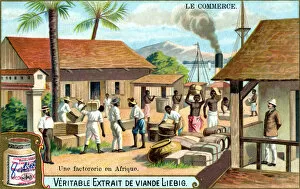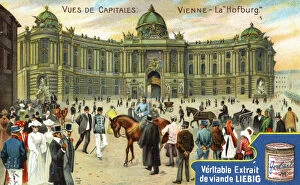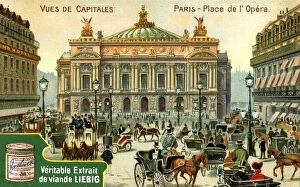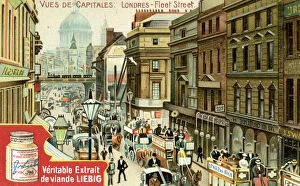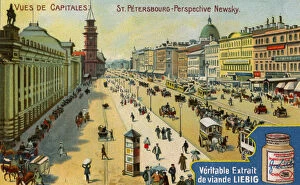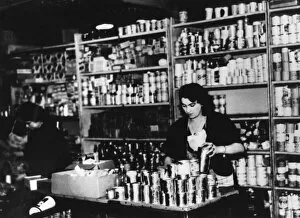Canned Food Collection (#3)
"Canned Food: A Journey Through Time and Necessity" From the moment Napoleon I crowned himself King of Italy in 1805, to the bustling grocery stores during World War II
For sale as Licensed Images
Choose your image, Select your licence and Download the media
"Canned Food: A Journey Through Time and Necessity" From the moment Napoleon I crowned himself King of Italy in 1805, to the bustling grocery stores during World War II, it has played a significant role in our history. In the early 1900s, when rattletrap carriages roamed the streets, canned food became a convenient solution for busy individuals. It allowed them to have nourishment on-the-go without compromising taste or quality. During Queen Victoria's crowning as Queen of England in 1837, canned food was already making its way into households across Europe. The innovation brought by canning technology revolutionized how people preserved their favorite foods. Fast forward to the challenging times of World War II; home-canned food took center stage as families had to rely on their resourcefulness and ingenuity amidst rationing and scarcity. A display of home-canned goods showcased not only survival but also resilience in uncertain times. In Pie Town, New Mexico, 1940, Jim Norris' wife proudly posed with her stockpile of canned goods—a testament to self-sufficiency and preparation that defined many American households during this era. Mr. J. Benjamin's grocery store in Washington D. C. , frequented by Mrs. Ella Watson herself—immortalized through Gordon Parks' lens—became a lifeline for communities seeking sustenance during wartime hardships. Captured by Dorothea Lange's camera lens in Merrill, Klamath County Oregon in 1939 was a young mother aged twenty-two who relied on canned goods to provide for her little girl—a symbol of hope amid economic struggles. Saturday afternoons at Mr. J. Benjamin's grocery store were filled with hustle and bustle as customers flocked to secure their supplies—an embodiment of unity within communities even amidst adversity. Beyond borders lies France’s Department of Loire Inferieure where cans adorned shelves, providing sustenance and convenience to its inhabitants.

